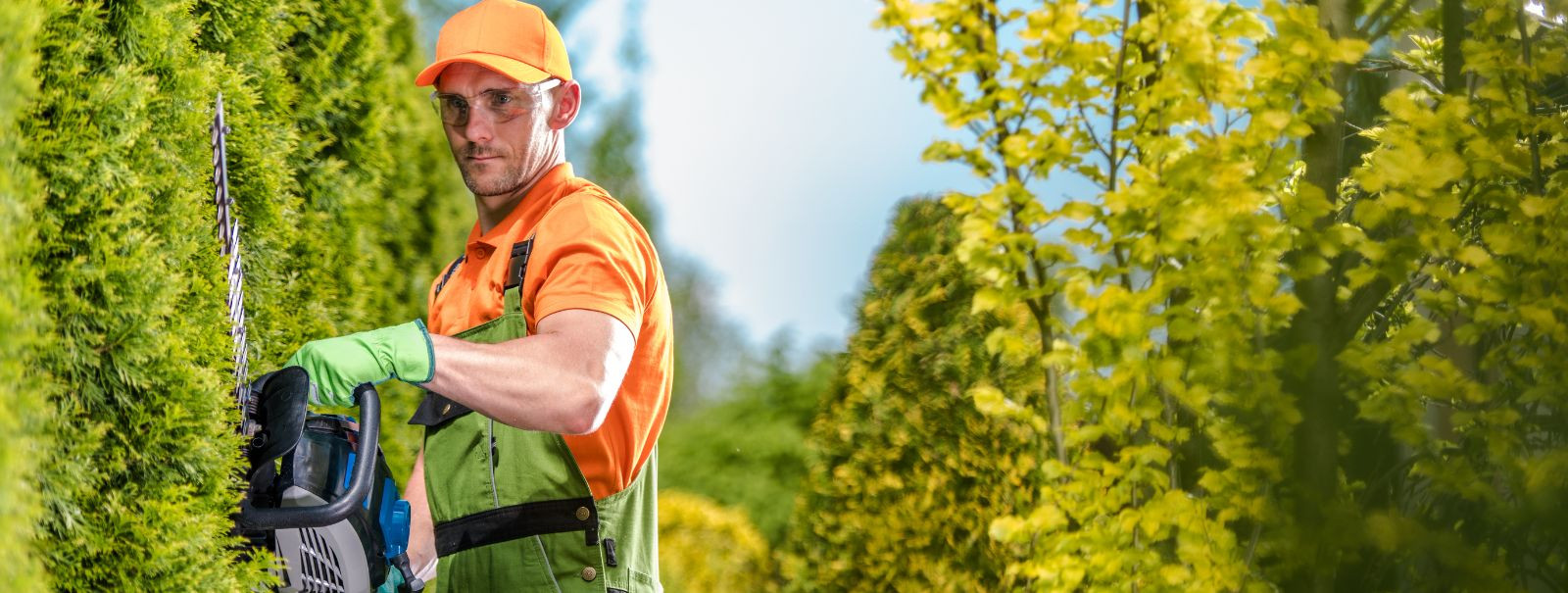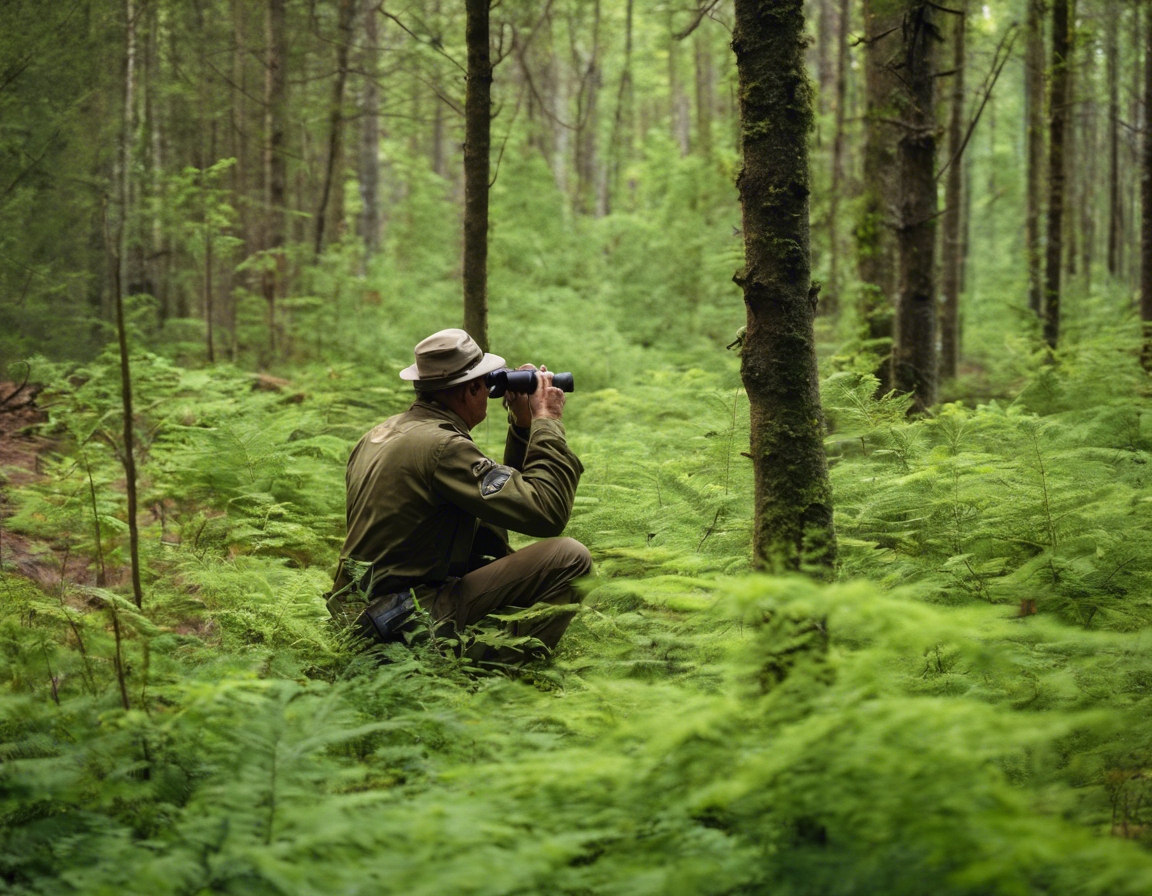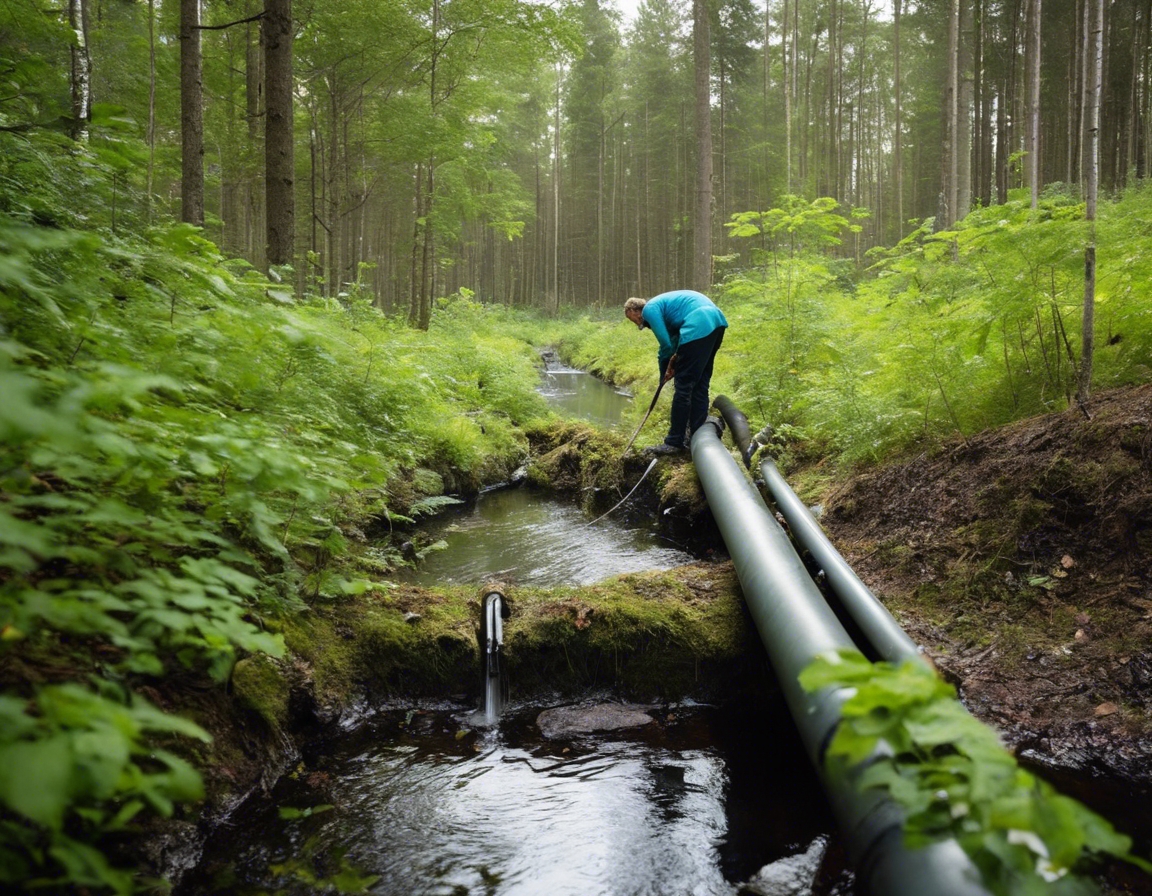5 essential tips for sustainable landscape maintenance
Sustainable landscape maintenance is a holistic approach that seeks to create and manage outdoor spaces in ways that ensure environmental health, economic viability, and social benefits. In the face of climate change and resource depletion, sustainability in landscaping is no longer a choice but a necessity.
Eco-friendly landscape practices offer numerous benefits, including reduced water usage, lower maintenance costs, enhanced property value, and improved ecosystem services. By adopting sustainable methods, we can contribute to the conservation of natural resources and the well-being of our communities.
Tip #1: Implement Native Planting Strategies
Native plants are adapted to local environmental conditions and require less water, fertilizers, and pesticides than non-native species. They provide essential habitat for local wildlife and contribute to the biodiversity of the region.
When selecting native plants, consider the specific conditions of your site, including soil type, sunlight, and moisture levels. Work with local nurseries to source plants and seek advice from landscape professionals to ensure successful integration into your landscape design.
Tip #2: Optimize Water Usage with Smart Irrigation
Water is a precious resource, and its conservation is critical in sustainable landscaping. Techniques such as drip irrigation, rainwater harvesting, and the use of drought-tolerant plants can significantly reduce water consumption.
Advancements in irrigation technology, such as smart controllers and soil moisture sensors, allow for precise watering schedules that match the needs of plants while minimizing waste.
Tip #3: Utilize Organic and Natural Lawn Care Methods
Organic fertilizers and pesticides are derived from natural sources and are less harmful to the environment than their synthetic counterparts. They support soil health and reduce the risk of water contamination.
Natural lawn care practices, such as composting and mulching, not only nourish the soil but also suppress weeds and retain moisture, leading to a healthier and more resilient landscape.
Tip #4: Promote Biodiversity Through Ecological Planting Designs
Ecological planting designs aim to create diverse habitats that support a variety of wildlife. Incorporating different plant layers and structures can attract beneficial insects, birds, and other fauna.
By designing landscapes that mimic natural ecosystems, we can enhance services such as pollination, water purification, and carbon sequestration. This approach not only benefits the environment but also creates aesthetically pleasing and dynamic spaces.
Tip #5: Practice Soil Health and Erosion Control
Healthy soil is the foundation of a sustainable landscape. Practices such as crop rotation, cover cropping, and the use of organic matter can improve soil structure and fertility.
Erosion control is vital for preserving soil and water quality. Techniques such as terracing, the use of ground covers, and the installation of erosion control blankets can prevent soil loss and protect waterways from sedimentation.





Comments (0)